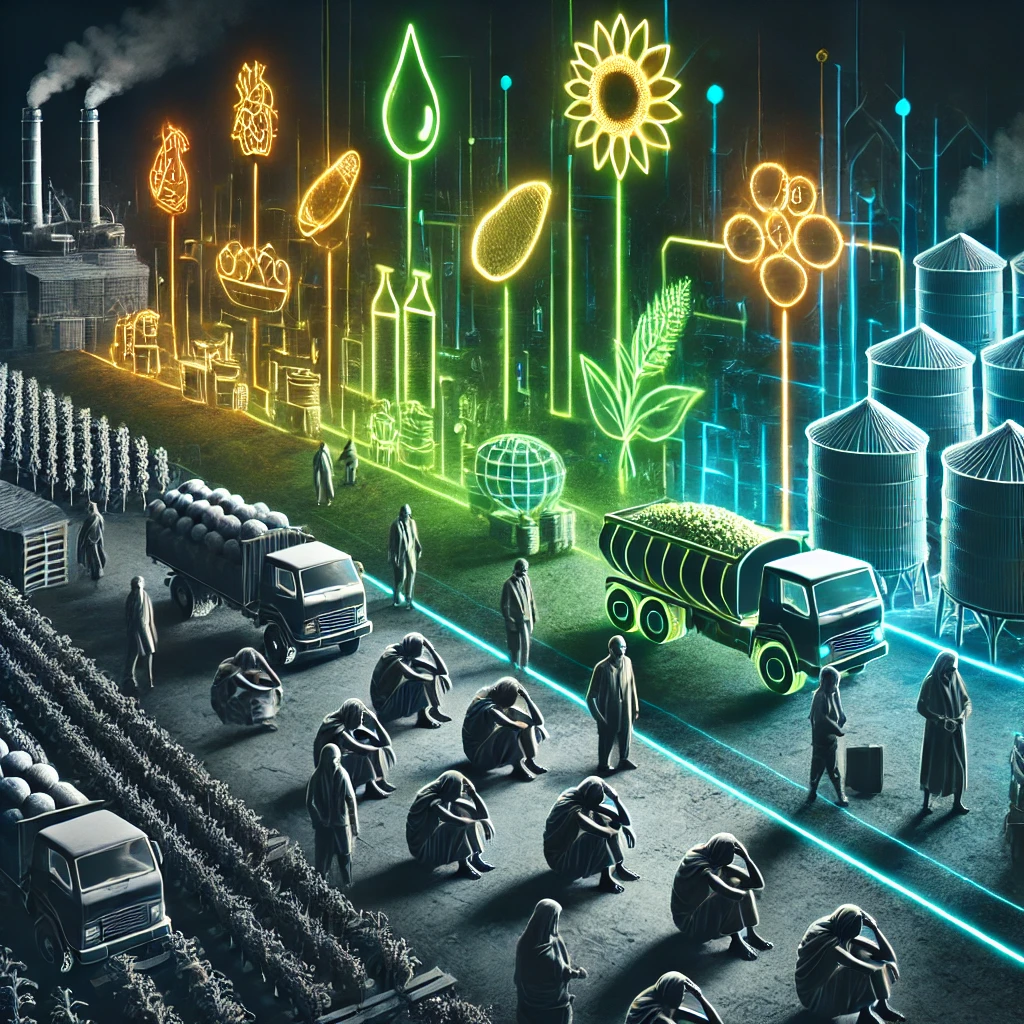Introduction
Food security is a critical issue in India, a country with a population of over 1.4 billion people. It ensures that all individuals have access to sufficient, safe, and nutritious food to meet their dietary needs for an active and healthy life. Despite significant advancements in agricultural production, India continues to struggle with food security due to various socio-economic, environmental, and infrastructural challenges.
This article explores the key challenges affecting food security in India and suggests measures to overcome them.
Understanding Food Security
Food security consists of four key components:
- Availability: Sufficient food supply through domestic production or imports.
- Access: Economic and physical access to food for all individuals.
- Utilization: Proper nutrition, food safety, and clean drinking water.
- Stability: Continuous and reliable food supply despite economic or environmental shocks.
Major Challenges to Food Security in India
1. Population Growth and Increasing Demand
- India’s rapidly growing population exerts immense pressure on food production and distribution.
- Rising demand for diverse and nutritious food strains existing agricultural resources.
2. Declining Agricultural Productivity
- Soil degradation, overuse of chemical fertilizers, and declining groundwater levels affect crop yields.
- Small landholdings limit farmers’ ability to adopt modern agricultural techniques.
3. Climate Change and Extreme Weather Events
- Erratic monsoons, droughts, and floods disrupt food production.
- Rising temperatures and changing weather patterns reduce soil fertility and water availability.
4. Post-Harvest Losses and Poor Storage Infrastructure
- Lack of modern storage facilities leads to significant food wastage.
- Inefficient supply chains result in loss of perishable food items before reaching consumers.
5. Inadequate Food Distribution System
- The Public Distribution System (PDS) faces issues like corruption, leakages, and inefficiency.
- Many vulnerable sections still do not receive sufficient food due to logistical challenges.
6. Economic Inequality and Poverty
- Many individuals cannot afford nutritious food due to financial constraints.
- Unequal income distribution leads to malnutrition and food insecurity among the poor.
7. Lack of Nutritional Awareness
- Dietary habits in many regions lack proper nutrition, leading to malnutrition despite food availability.
- Junk food consumption is increasing, affecting overall health and productivity.
8. Dependence on Rain-Fed Agriculture
- A significant portion of Indian agriculture relies on monsoons, making it vulnerable to climate variability.
- Limited irrigation facilities hinder consistent crop production.
9. Land Degradation and Deforestation
- Urbanization and deforestation reduce cultivable land.
- Soil erosion and desertification limit agricultural expansion.
10. Global Supply Chain Disruptions
- External factors like global conflicts, pandemics, and economic recessions impact food imports and exports.
- Rising food prices in international markets affect affordability for Indian consumers.
Solutions to Ensure Food Security in India
1. Enhancing Agricultural Productivity
- Promote high-yield crop varieties and genetically modified crops for better production.
- Improve irrigation techniques like drip and sprinkler irrigation to conserve water.
2. Strengthening Food Distribution Systems
- Reform the PDS to reduce leakages and corruption.
- Implement digital tracking for food supply chains to ensure efficient distribution.
3. Reducing Post-Harvest Losses
- Develop modern storage facilities and cold-chain logistics.
- Encourage food processing industries to minimize wastage and extend shelf life.
4. Addressing Climate Change Impacts
- Promote climate-resilient crops and adaptive farming techniques.
- Increase afforestation and soil conservation efforts to maintain ecological balance.
5. Economic and Social Interventions
- Strengthen employment programs like MGNREGA to provide stable incomes.
- Expand direct benefit transfer (DBT) schemes to ensure food affordability.
6. Promoting Sustainable Farming
- Encourage organic farming and agroforestry to maintain soil fertility.
- Provide financial incentives for farmers adopting sustainable agricultural practices.
7. Enhancing Nutritional Awareness
- Conduct public awareness campaigns on balanced diets and healthy eating habits.
- Strengthen mid-day meal programs in schools to provide nutritious food to children.
8. Investing in Research and Technology
- Support agricultural research institutions to develop innovative farming techniques.
- Promote mechanization and precision farming for improved efficiency.
9. Encouraging Private Sector Participation
- Facilitate public-private partnerships in food processing and distribution.
- Attract investment in agricultural infrastructure and food supply chains.
10. Diversifying Food Sources
- Promote the cultivation of alternative crops like millets and pulses for better nutrition.
- Encourage fisheries, poultry, and dairy farming to supplement food supply.
Conclusion
Ensuring food security in India requires a comprehensive and multi-faceted approach. While agricultural production is crucial, equal emphasis must be placed on efficient distribution, economic accessibility, and sustainability. By leveraging modern technology, policy reforms, and community participation, India can overcome its food security challenges and provide a stable and nutritious food supply for all citizens.




